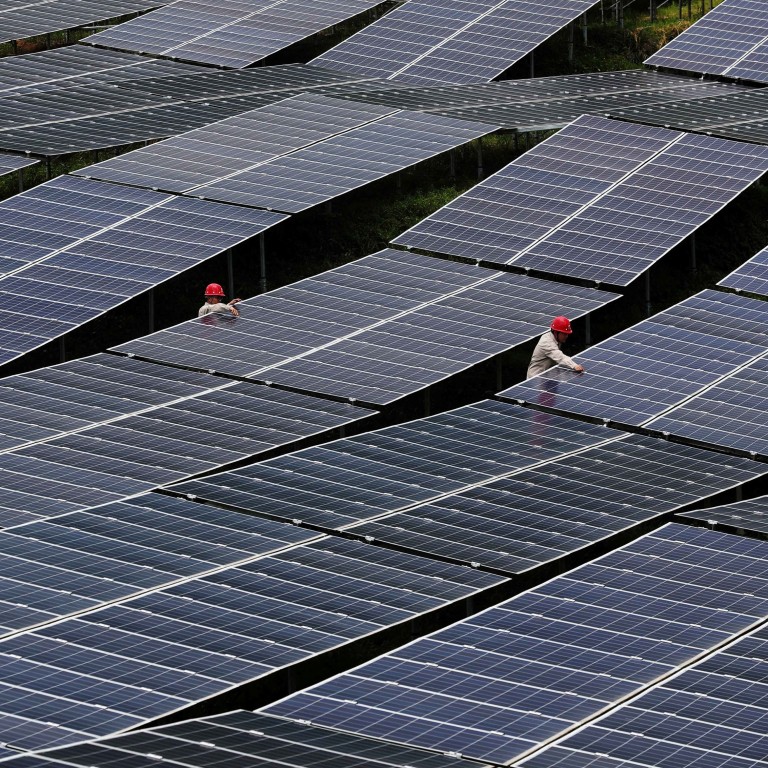
From natural gas to electric cars, China’s push towards renewable energy should spark investor interest
- David Smith says investment opportunities lie in companies that stand to benefit from China’s switch from coal to natural gas, its focus on renewable energy and support for electric vehicles
The country is simultaneously the world’s worst emitter of carbon dioxide and a leading champion for environmental change. This paradox encapsulates both the breakneck speed of its economic development and its urgent need for modernisation.
The growth of the natural gas sector and associated industries that this switch is creating is an opportunity for investors, provided they know where to look.

Falling costs and record low borrowing rates for project finance have facilitated this. Solar power generation costs fell 90 per cent in the decade to 2017, reports Reuters, with panels springing up in industrial parks and on domestic rooftops across China.
Opportunities for investors also lie in the companies that stand to benefit from the government’s focus on renewable energy.
Again, the financials have driven growth. The cost of lithium-ion batteries that power electric vehicles has fallen each year since 2010 amid improving technologies and economies of scale among manufacturers. Much depends on the cost of source metals such as lithium and cobalt.
At current rates, Bloomberg New Energy Finance forecasts that lifetime ownership of an electric vehicle could start to undercut that of an internal combustion engine in most markets by the mid-2020s. By the late 2020s, electric vehicle prices could even be cheaper upfront. That would see electric vehicles account for more than half of worldwide light-duty vehicle sales by 2040.
This is certain to be a topic of discussion for policymakers over the next year. Policies aimed at promoting the widespread installation of electric charging infrastructure will potentially provide further pointers to investors.
Governments are being compelled to take action, and China finds itself at the vanguard of this movement. As with any structural trend, smart investors should be able to take advantage.
David Smith is head of corporate governance, Asia Pacific, at Aberdeen Standard Investments

